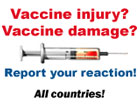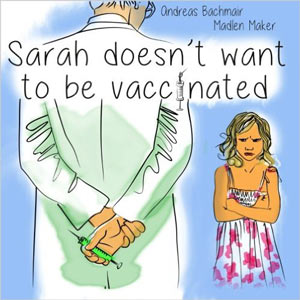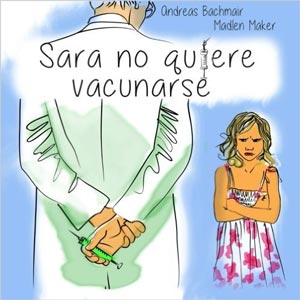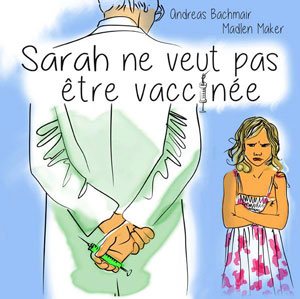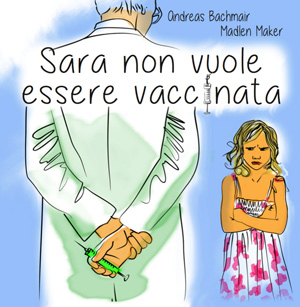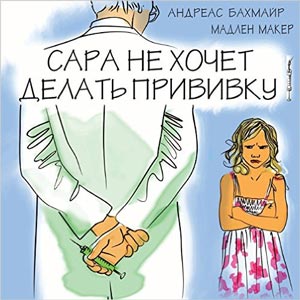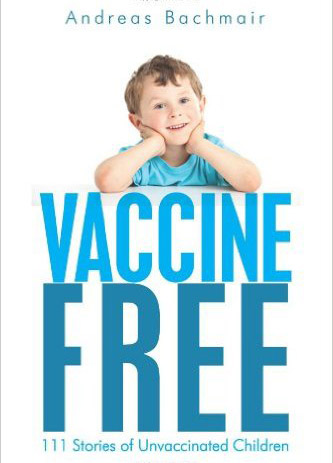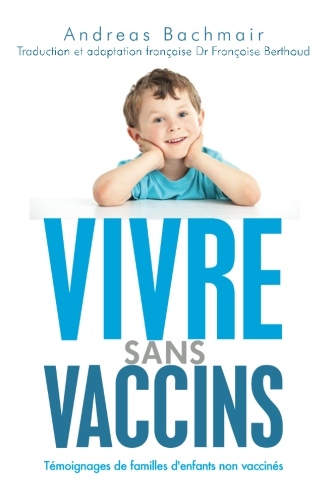Yellow fever vaccination
The WHO declared yellow fever vaccinations mandatory for certain areas; they were placed under the control of International Health Regulations. Countries all over the world are obligated to perform yellow fever vaccinations for international travel in accordance with the regulations of the WHO. This is to prevent the disease being brought to countries which are free of yellow fever. The vaccination may only be administered by specialized vaccination offices which are recognized by the WHO.
In Germany approx. 100 000 yellow fever vaccinations are performed every year.
Children who are under one year of age should not be vaccinated (danger of vaccination encephalitis), except if the authorities of the travel destination explicitly demand it (BAG:_ infectious diseases, 2000, page 80). Pregnant women and nursing mothers should not be vaccinated against yellow fever and should prefer a travel destination which does not have the obligation to be vaccinated.
Vaccine
STAMARIL®
Composition.: 1 vaccine dose (0.5 ml) contains the following: live, weakened yellow fever viruses, strain 17 D min. 6.3×103 plaque-forming units, increased in leukose-free chicken embryos. Further additives: amino acids, Lactose, Sorbitol, salts, egg white, Lsgm.: Natrium chloride solution (4‰) 0.5 ml
Immunity
The WHO lists protective rates of 95% and a duration of at least 10 years. In children who are less than 1 year of age this protection, however, is 60% at most. (Osinusik., Akinkugbe F.M., AkinwolvereO.A.Fabiyi A: Safety and Efficacy of yellow fever vaccine in children less than one-year-old, West Afr J Med 1990, 9(3): 200-2003)
Adverse effects,side effects, vaccine complications and vaccine damages of yellow fever vaccination
According to the package insert the adverse effects are as follows: local reactions (reddening, swelling, pain), general reactions (e.g. headaches, elevated temperatures, malaise). Allergic reactions (rare). Very rare: Arthalgia. Very rare: neurological occurrences such as meningitis, encephalitis or meningial encephalitis. Exceptions: anaphlactoid reactions. Individually severe yellow fever-like disease after vaccination with live yellow fever vaccine. The side effects of the vaccination are frequent and occur in 25% of people who have been vaccinated. 10% of the people who have been vaccinated have pain at the injection site. 20% experience elevated temperature, headaches and joint pain a few days after the vaccination. Repeatedly there have been very serious complications and even mortalities. (Merlo C, Steffen R, Landis T, Tsai T: Possible association of Encephalitis and 17D yellow fever vaccination in a 29-year-old traveller. Vaccine 1993; 11: 691, Drouet A, Chagnon A, Valance J et al.: Meningoencephalitis after immunization with 17D yellow fever virus. Rev Med Interne 1993; 14: 257–259, Vasconcelos PFC, Luna EJ, Galler R et al.: Serious adverse events associated with yellow fever 17DD vaccine in Brazil: a report of two cases. Lancet 2001; 358: 91–97, Chan RC, Penney DJ, Little D et al.: Hepatitis and death following vaccination with 17D-204 yellow fever vaccine. Lancet 2001; 358: 121–122, Martin M, Tsai TF, Cropp B et al.: Fever and multisystem organ failure associated with 17D-204 yellow fever vaccination: a report of four cases. Lancet 2001; 358: 98–104, Fever, jaundice, and multiple organ system failure associated with 17-derived yellow fever vaccination, 1996–2001. Morb Mortal Weekly Rep 2001; 50: 643–645), which is why the WHO thinks it is necessary that there should be more focus on possible effects of the vaccination (Adverse events following yellow fever vaccination. Weekly Epid Rec 2001; 76: 217–218)
Pregnant women should not be vaccinated because of the possibility of a transmission to the foetus.
Due to parts of egg white there is a danger of allergic reactions, including rashes, asthma and life-threatening anaphylactic shock. People who are allergic against animal hair, gelatine or bed feathers should consider the vaccination carefully.
Increased relapse rate of multiple sclerosisa after Yellow fever vaccination
Yellow fever (YF) immunization results in a significant increased relapse risk for MS patients. The department of neurology in Buenes Aires conducted a study and found that three months after immunization, patients showed a significant increase in new or enlarging T2-weighted lesions and gadolinium-enhancing lesions compared with 12 months prior to vaccination and 9 months after immunization (Farez MF, Correale J.:Yellow fever vaccination and increased relapse rate in travelers with multiple sclerosis.Arch Neurol. 2011 Oct;68(10):1267-71. Epub 2011 Jun 13.)


